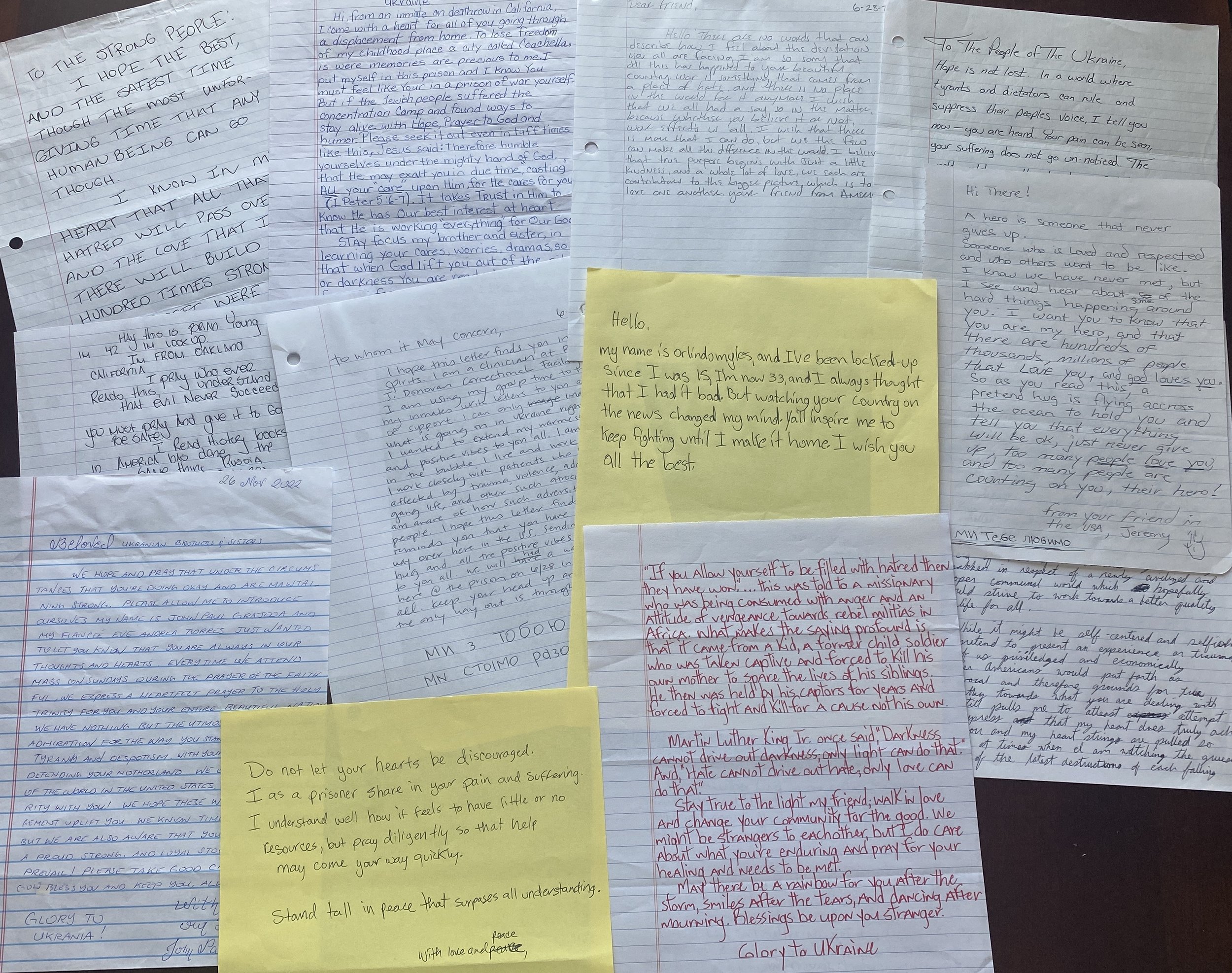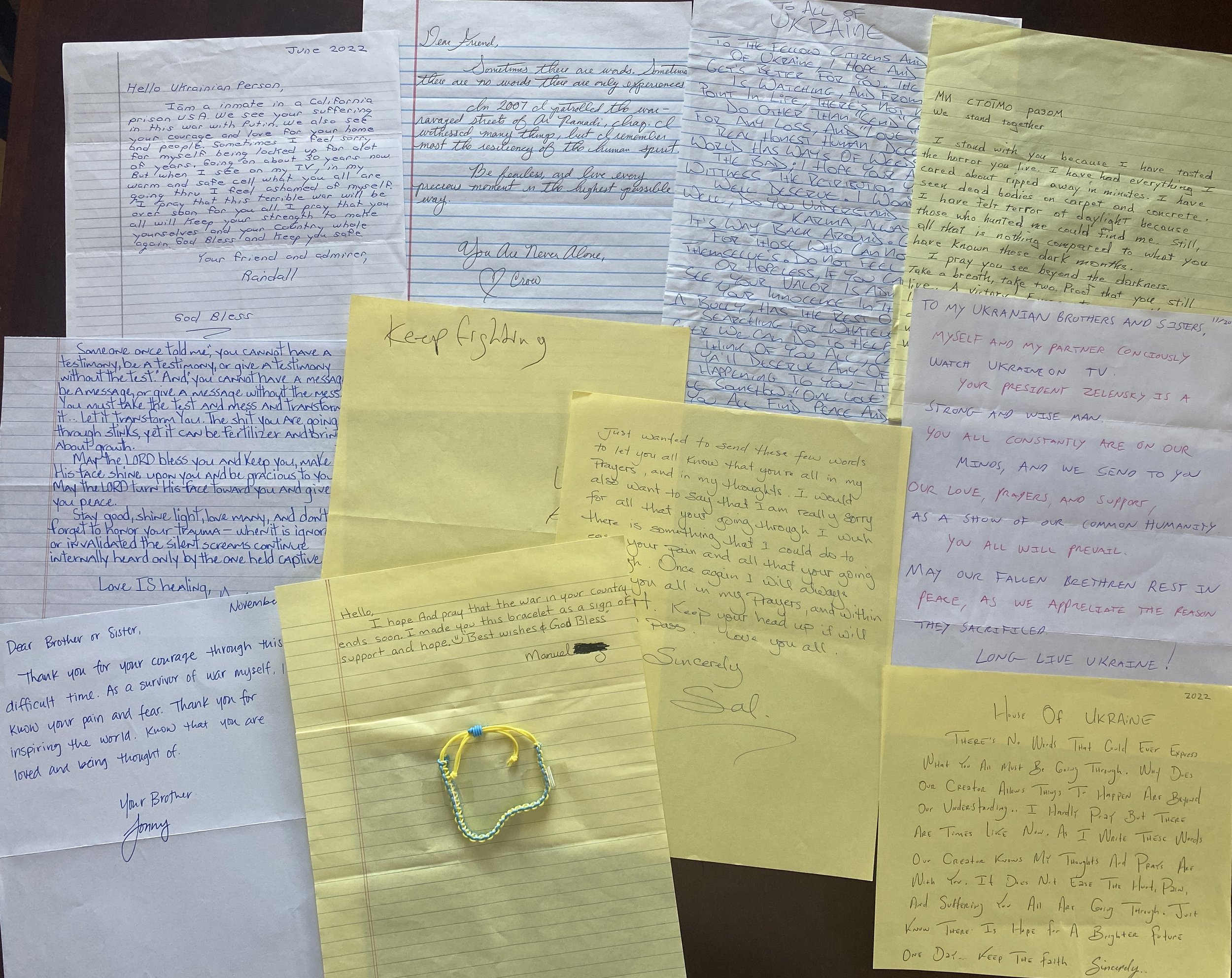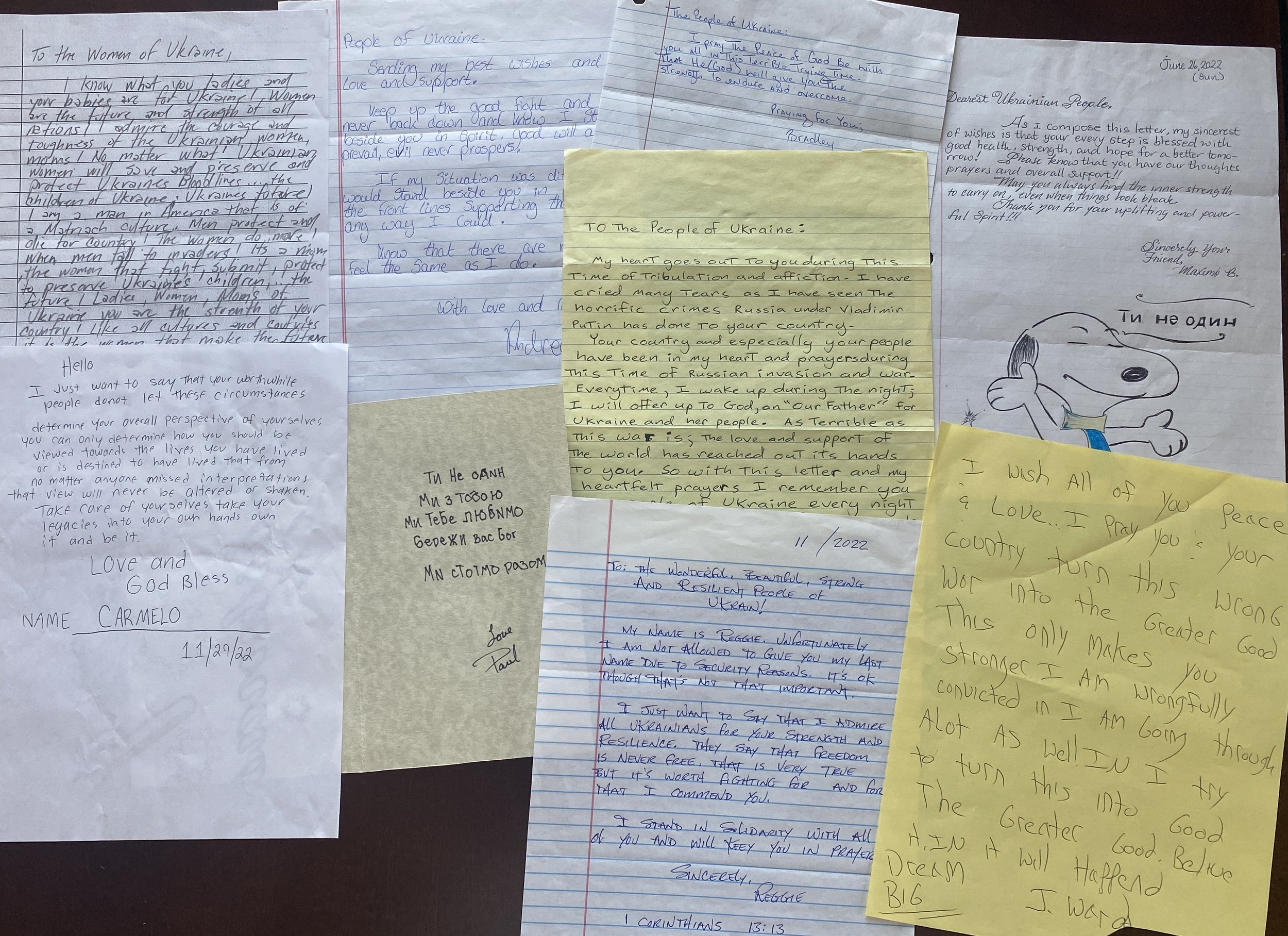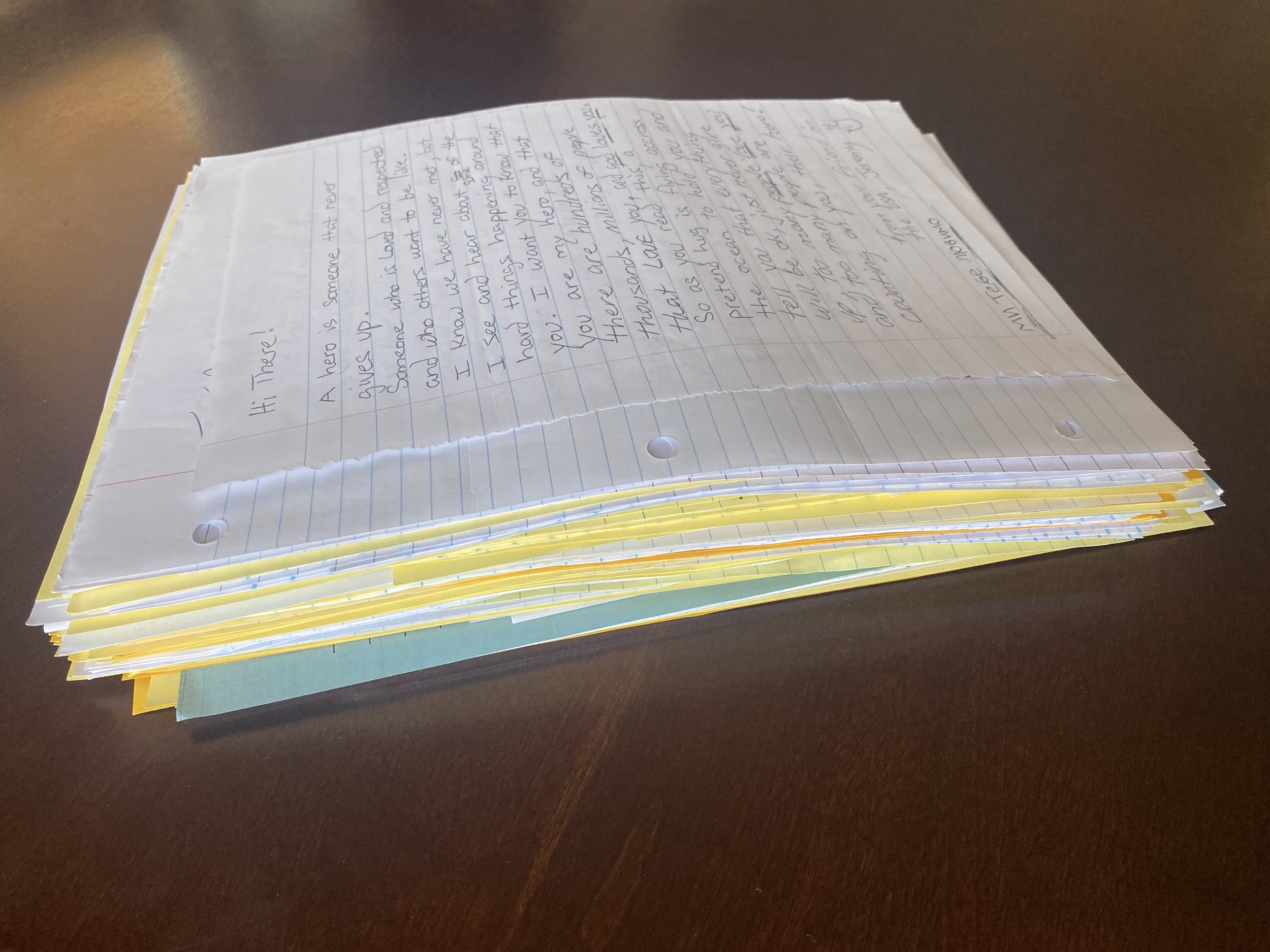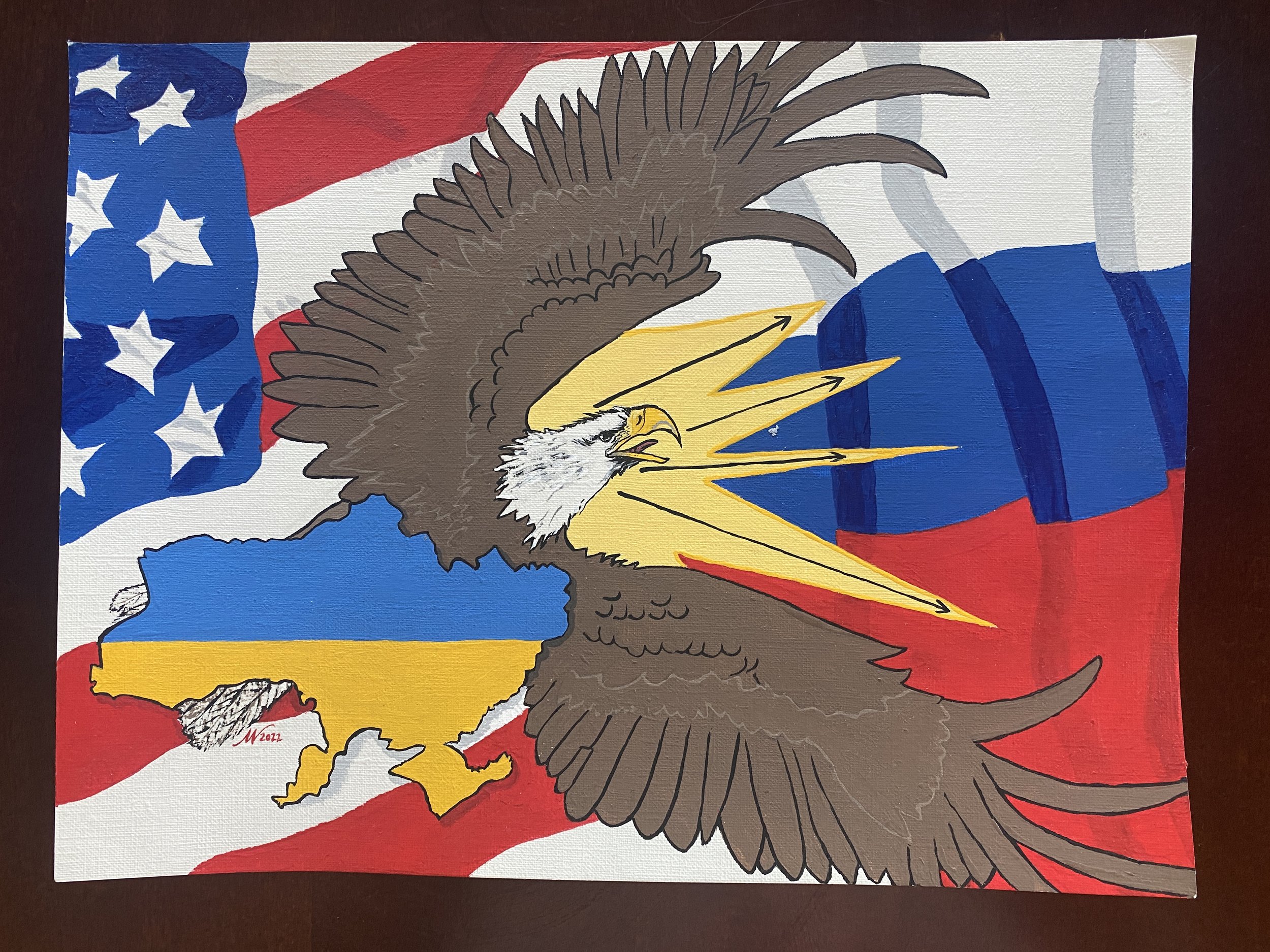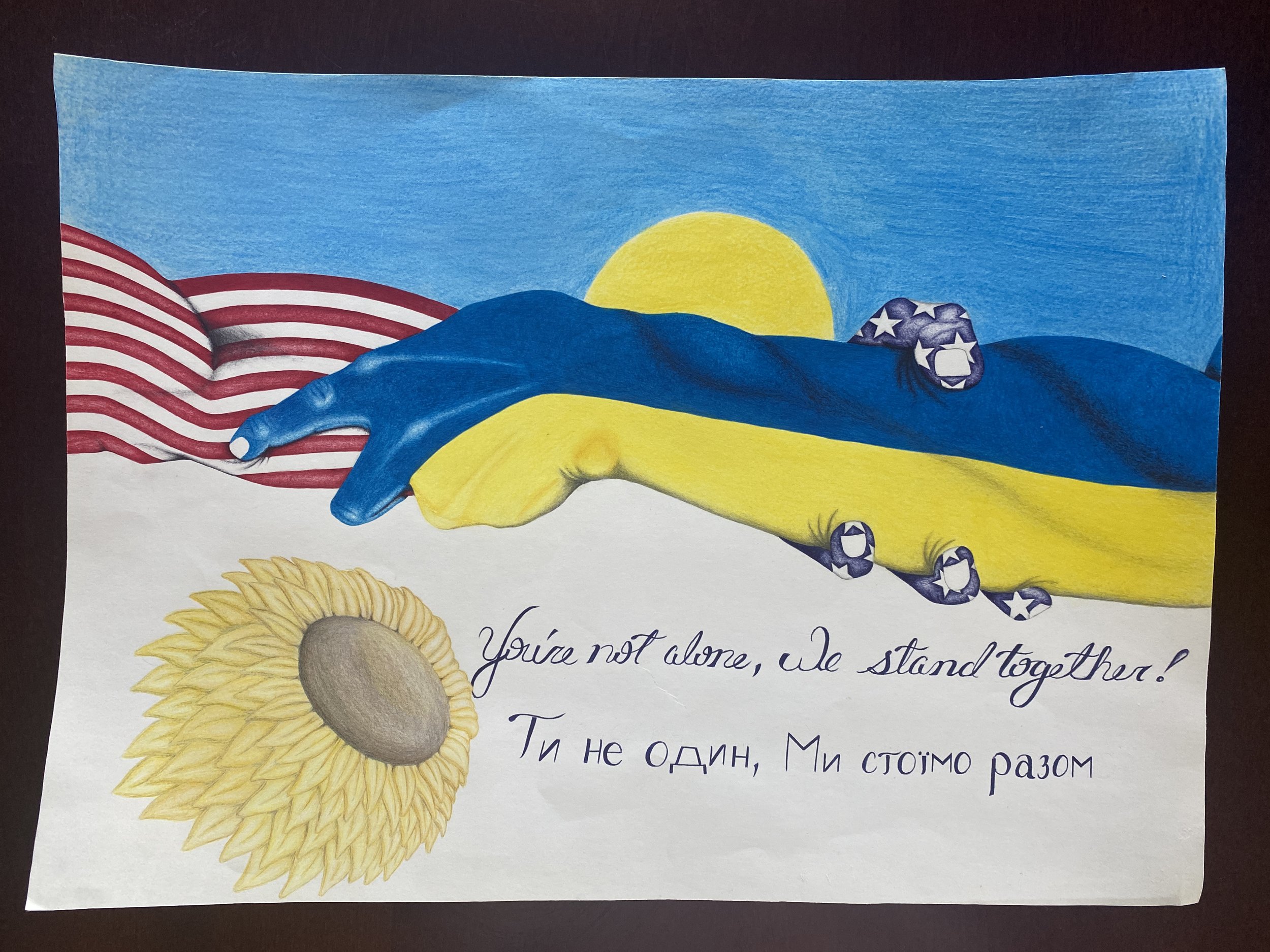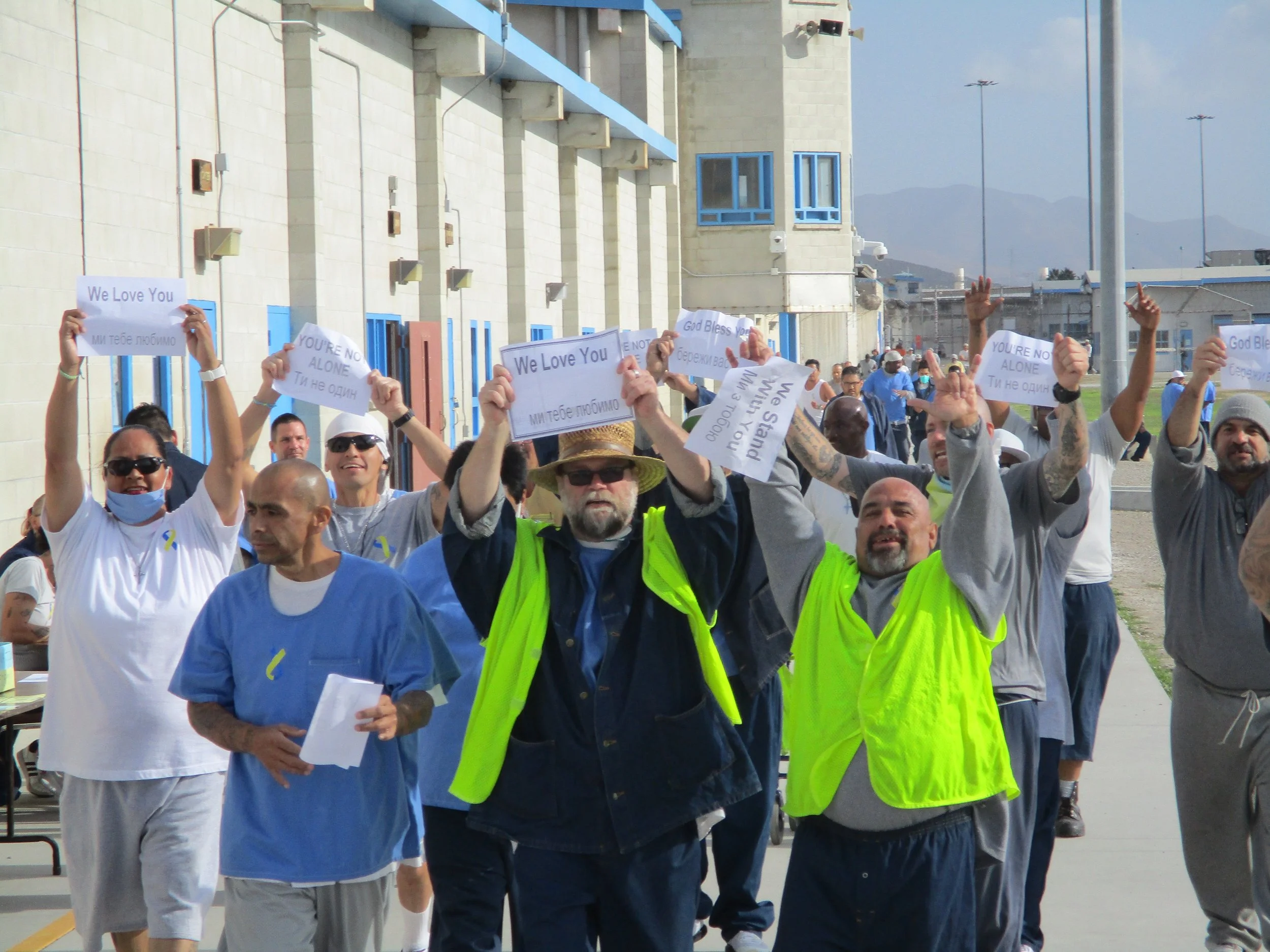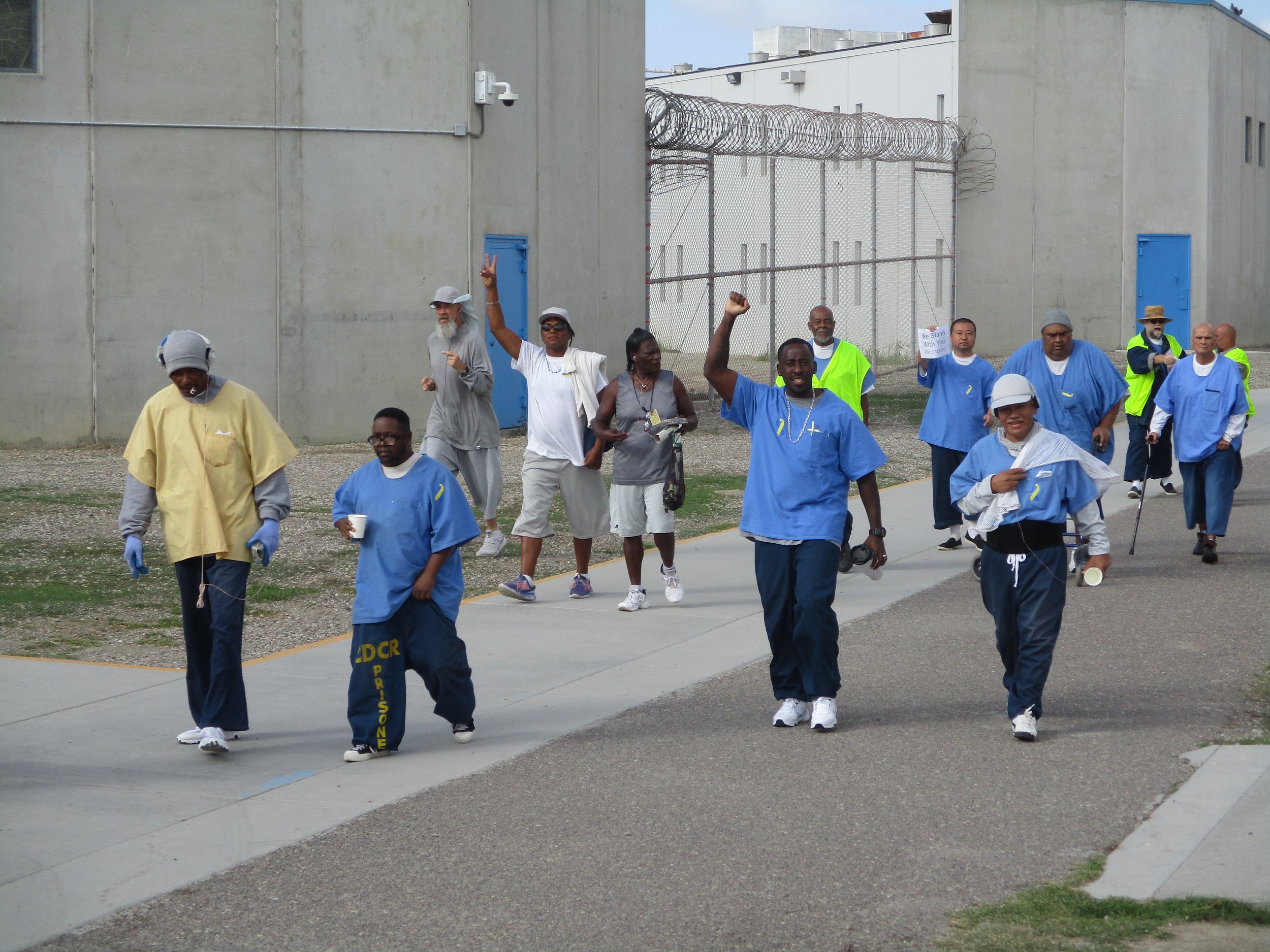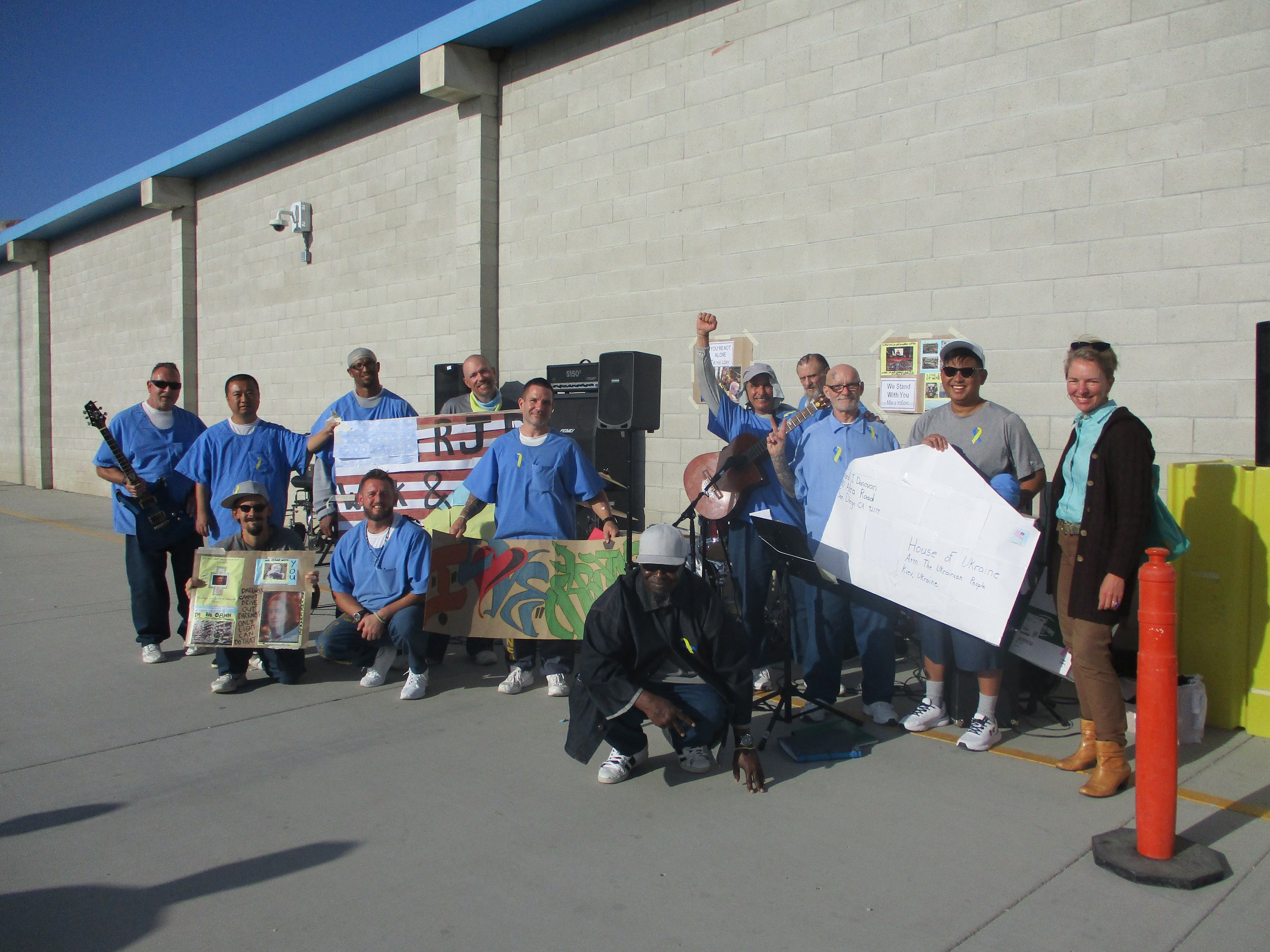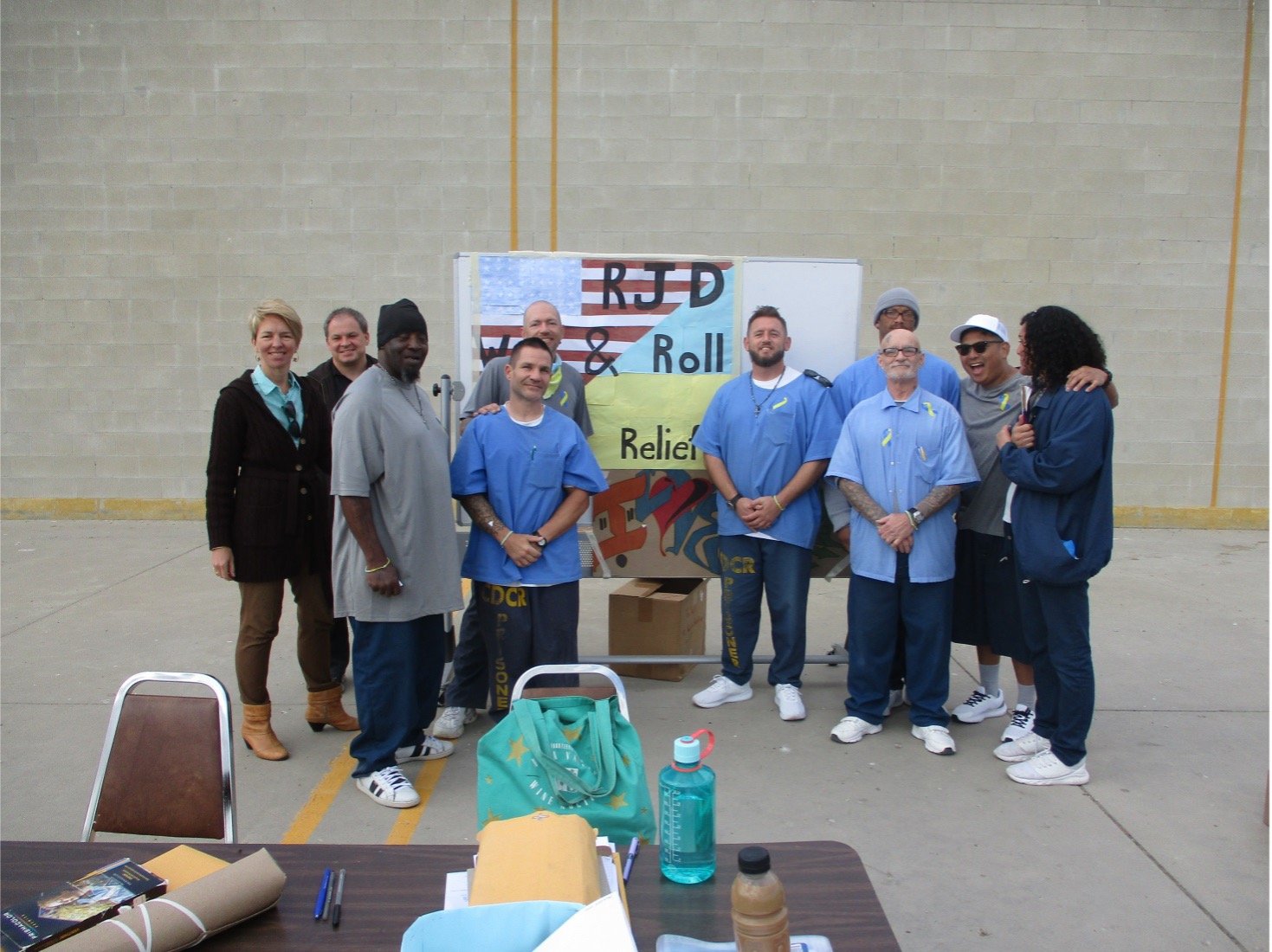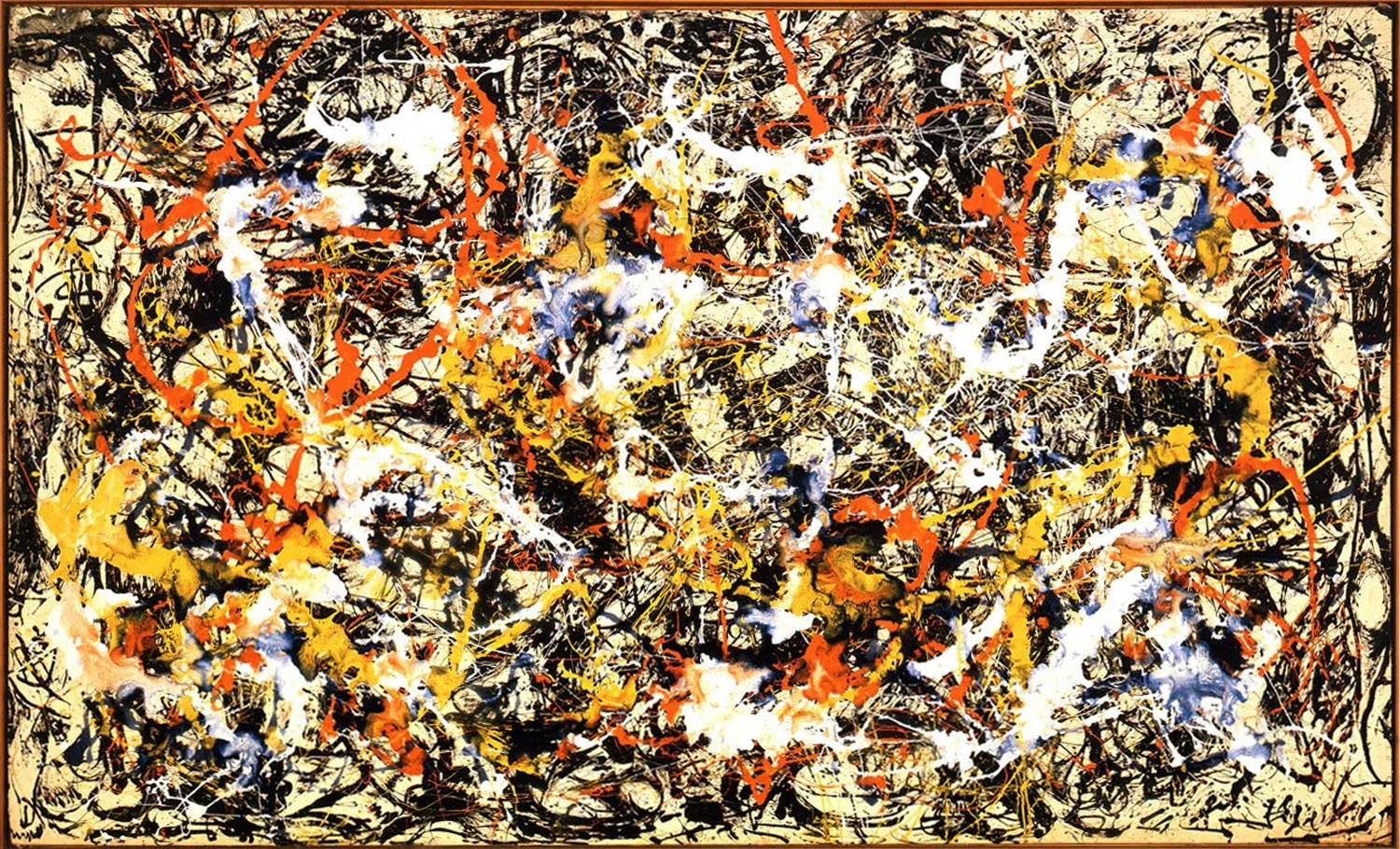Soon closing out her gap year, Yahna chose to give her time to the folks inside Donovan and has been behind the scenes, creating the structure for the next iteration of programs that we are launching inside those walls. Thank you Yahna for all that you do, from Colorado and during your visits to Donovan!
Below is a reflection written after Yahna’s second time coming to California to visit Donovan:
My name is Yahna Layton, and I have been a Brilliance Inside volunteer for about 6 months. Despite living out of state, I have been privileged to join Mariette inside Donovan prison twice and learn more about the brilliance that undoubtedly connects those of us outside with those still inside.
Last Tuesday, the Alpha yard circle worked towards expanding the team with new members. Its main goal was to read applications and select the applicants to interview. One team member, Joe, expressed uncertainty on his ability to determine when someone is truly prepared to ignite and express their brilliance.
It turns out a past experience still weighed heavily on him. Joe had previously encouraged a friend to apply into our circle. This friend quickly showed signs of resistance to the work or to aligning with the circle’s agreements. We collectively made the tough decision that this was not the right time for this friend to be in our circle. Shortly thereafter, this friend overdosed and nearly lost his life.
As he had taken upon himself to support this person, Joe felt responsible for the choices made by his friend. The more I thought about this, the more I wondered if Joe’s uncertainty was really about others' preparedness to be in brilliance or if instead it veiled his guilt around past porous boundaries.
In any healthy relationship, our primary responsibility is to express our needs and desires openly and honestly. In his communication with his friend, Joe controlled what and how he shared, but he was not responsible for his friend's reactions or their outcomes.
I recognize this in my own life too. In many friendships, I staked out my own boundaries and then felt guilty when the person became defensive. I wanted to create a space of love for myself and the other person, which at times required distance; however, all that they saw was a shut door on the relationship. I continue to learn that letting the anticipation of guilt override the needed honesty is ultimately a disservice to both of us.
Although the outcome of another person’s choices is not a fault of our own, it can feel as if the space we created led them to make these decisions. As Joe had invited his friend to join the circle, he believed he had set his friend up for failure…and his overdose.
The problem with this way of thinking is that it leaves no room for the other person’s autonomy and ability to make a choice.
In discussing this with the folks inside, we came to this point of agreement: by sharing honestly when boundaries of a relationship are being crossed, we are better able to release the guilt that can amass from another's lack of communication. Ultimately, we are responsible for firmly sharing our boundaries and intentions with others and for releasing the idea that we are in control of the outcome.



